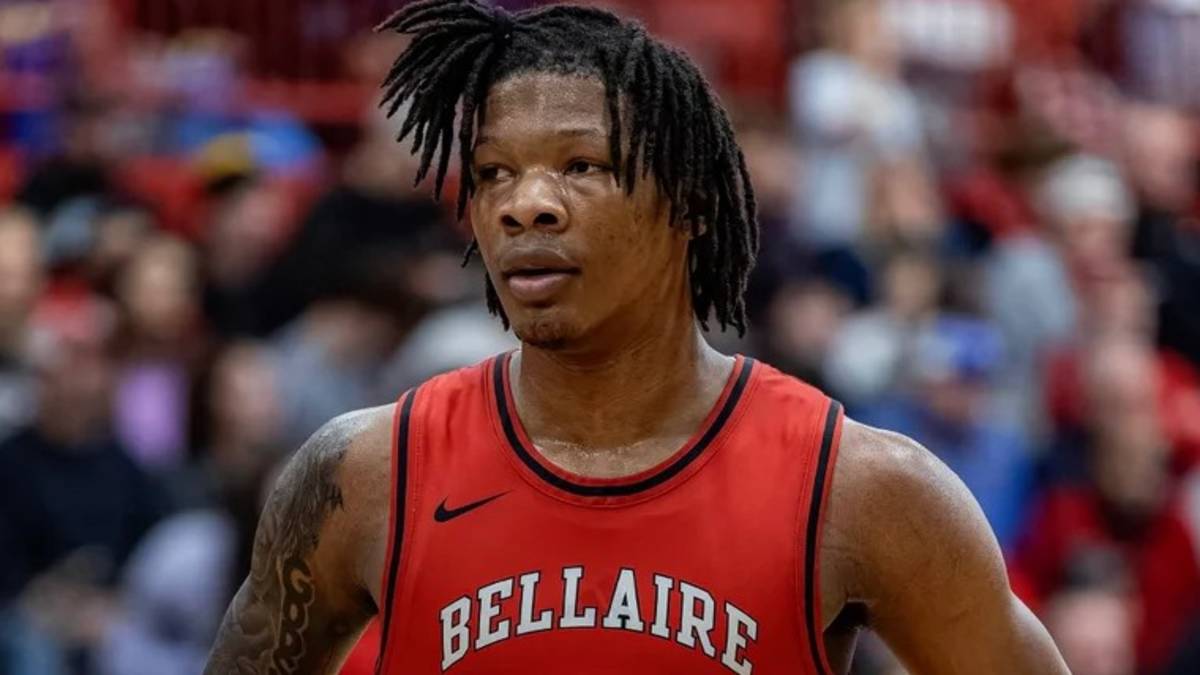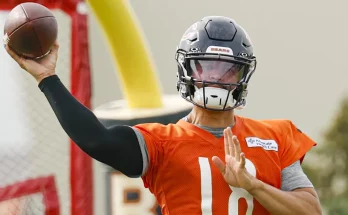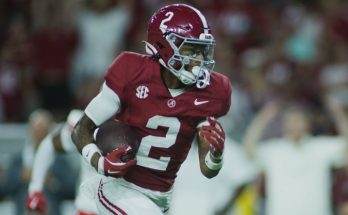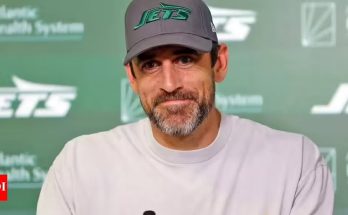The Miami Hurricanes made one of the most talked-about moves of the college basketball offseason when they landed a commitment from a former Duke signee, sending ripples through the ACC and reigniting the buzz around a program on the rise. It wasn’t just a recruiting flip—it was a statement. In an era where blue-bloods often dominate headlines with 5-star commitments, the Hurricanes managed to pull off a coup by landing a player who was not only bound for the premier stage of college basketball at Duke, but who had the kind of profile that could alter the ceiling of an entire program. Miami didn’t just gain a player—they gained a star in the making, one whose talent, competitiveness, and upside could help reshape the program’s identity in the post-NIL, post-transfer portal landscape.
This move didn’t happen overnight. For weeks, the whispers around college hoops insiders suggested there was growing uncertainty about the player’s future with Duke. While no one publicly questioned the commitment, and there were no dramatic social media unfollows or cryptic posts, the signals were there for those paying close attention. Coaching changes, strategic direction, or simply a better fit elsewhere—whatever the final tipping point was, the door opened, and Miami burst through it. The Hurricanes coaching staff moved decisively, armed with a pitch that resonated on multiple levels: come be the guy. Come build something special, not just be a cog in a machine. Come write your own story rather than walk the well-worn path of others.
What made the move even more impactful was the nature of the player himself. This wasn’t a depth piece or a late flier. This was a top-50 national prospect, an electric combo guard with elite burst, a high IQ, and the ability to take over games on both ends of the floor. Known for his aggressive drives, advanced mid-range game, and underrated court vision, he fits the mold of the kind of playmaker Miami has lacked in recent years—a true three-level scorer who can also facilitate and pressure opposing guards defensively. The Hurricanes have had talent, but this player brings something different: pedigree, edge, and the rare ability to create his own shot in crunch time.
The fact that this player was once part of Duke’s elite 2024 recruiting class only adds fuel to the fire. Duke, after all, doesn’t miss often on the trail. They don’t just offer scholarships—they extend invitations to a brotherhood, to a national brand, to one of the sport’s most sacred traditions. Walking away from that commitment takes a special kind of confidence. It signals that the player wasn’t just looking to blend in and ride coattails—he wanted to compete, to star, to elevate a team where his presence truly moves the needle. That’s the pitch Miami sold, and it worked. The Hurricanes, behind a staff that’s proven it can navigate the modern recruiting environment with savvy and energy, capitalized on the opportunity.
The impact of the move cannot be overstated. With the addition of the former Duke signee, Miami immediately solidifies itself as a team to watch in the ACC and nationally. This isn’t just about adding talent—it’s about re-energizing a fan base, attracting more eyes to the program, and creating momentum that feeds into the next recruiting cycle. The Hurricanes have been inching toward national relevance in men’s basketball over the past few years, especially following their Final Four run, but there’s a difference between catching lightning in a bottle and building something sustainable. This commitment pushes them closer to the latter.
In terms of fit, the former Duke signee brings versatility to a backcourt that is already loaded with intriguing pieces. He’ll have the opportunity to earn a starting role early, possibly even from day one, and his skillset meshes well with Miami’s preferred style of play—fast, aggressive, attacking downhill, and spacing the floor with shooters. His ability to read defenses and make plays in the open court gives the Hurricanes a transition weapon they can lean on, while his isolation scoring and mid-range jumper make him a threat even when the offense breaks down. Perhaps most importantly, he’s a fierce competitor, the type of player who wants the ball when the game is on the line.
Beyond the basketball implications, this move also signals a broader shift in the power dynamics of the ACC. For decades, schools like Duke and North Carolina held an iron grip on the top talent in the region. But with NIL opportunities, shifting roster needs, and the rise of player empowerment, the balance is changing. Miami has leaned into this new era with purpose, investing in facilities, recruiting infrastructure, and branding that appeals to today’s players. The result is moments like this—when a top-tier player reconsiders everything and chooses Miami not as a backup, but as a destination.
There will be pressure, of course. With high expectations comes scrutiny. Fans will watch closely to see how the former Duke signee adapts to ACC play, how he handles the spotlight, and whether he lives up to the hype. But if his high school tape and grassroots pedigree are any indication, he won’t just meet those expectations—he’ll surpass them. He has all the traits that translate: change of pace, a tight handle, a natural feel for the game, and a relentless motor. He’ll be asked to lead, to learn quickly, and to elevate those around him. And from everything coaches say about him, he’ll embrace that challenge.
Miami’s staff deserves credit for how this recruitment was handled from start to finish. There were no leaks, no drama, no circus. Just a clear vision, effective communication, and a belief in what the program is building. They presented a roadmap for development, for maximizing exposure, and for preparing for the next level. It was honest, compelling, and built on the foundation of relationships—not just glitz or glamour. That approach is increasingly winning the day in college basketball, and Miami is proving to be one of the programs most adept at walking that line between old-school player development and new-age recruiting tactics.
The locker room, too, will benefit from his presence. By all accounts, this former Duke signee brings with him not just talent, but maturity, discipline, and leadership. He’s not just thinking about making highlights—he’s thinking about winning. And that’s contagious. For younger players, having someone with his background and ambition in the room raises the standard. For veterans, it injects fresh energy and competition. And for the coaching staff, it provides another weapon in the arsenal—a player who can be the difference in tight games, rivalry matchups, and March tournament play.
As the Hurricanes look toward the season ahead, the pieces are starting to fall into place. With a solid mix of returners, incoming freshmen, and transfer portal additions, the roster has depth, experience, and now, star power. The addition of the former Duke signee isn’t just about one player—it’s about what he represents: momentum, belief, and proof that Miami is no longer content to be a feel-good story. They want to contend. They want to win big games. They want to hang banners. And with this move, they’re closer than ever to making that vision a reality.
The ACC won’t overlook them now. Coaches around the country have taken notice. And the rest of college basketball should, too. Miami didn’t just land a player—they made a statement. One that says loud and clear: the Hurricanes are here, they’re serious, and they just pulled off one of the offseason’s biggest heists.



